How to grow Cerinthe
There are several species of this distinctive member of the borage family occurring throughout Europe and Asia, though it is the Mediterranean native Cerinthe major that is most widely cultivated by gardeners. This annual is grown for its blue-green leaves, delicate tubular yellow and purple summer flowers, and dusky purple bracts.
Cerinthe is also known by the common name, honeywort.
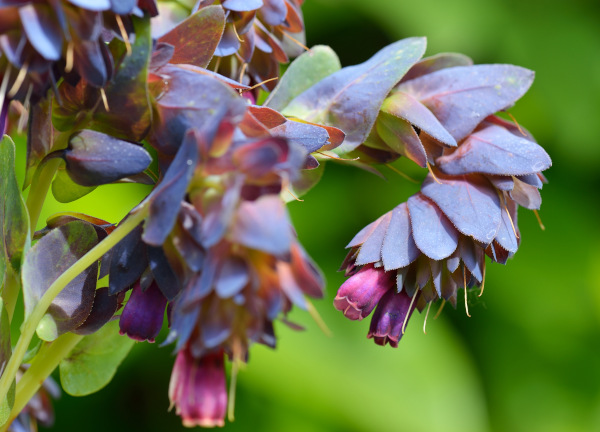
Key Information
Position
Soil Conditions
Hardiness

Position- Full sun and sheltered. Very light, dappled shade is also tolerated, though too much will result in sparse, leggy growth and less vibrant colouring.
Soil- Poor, well-drained, and preferably alkaline soil. Neutral to acid soil will also be tolerated.
Flowering Period- Summer (May to August)
Hardiness- Half-hardy (H3), meaning hardy to between 1°C and -5°C.
Horticultural Divisions- A summary of the most commonly grown cerinthe species:
Species | Place of origin | Flowering period | Flower colour | Life span | Size |
Cerinthe major | Mediterranean | Summer | Pale yellow and purple
| Annual | 60cm x 60cm |
C. glabra | C. and S. Europe, N. and E. Turkey, Caucasus
| Late spring to summer | Greenish yellow | Perennial or biennial | 20-50cm x 10-30cm |
C. retorta | S.E. Europe, S. W. Turkey
| Mid to late spring | Pale yellow and violet | Annual | 50cm x 30cm |
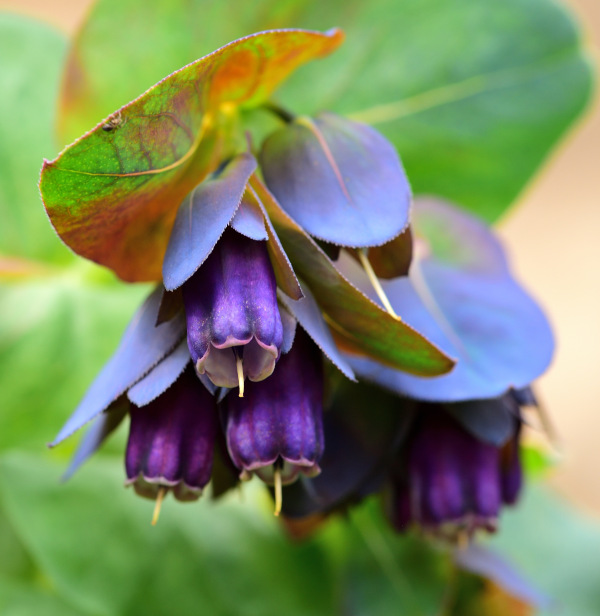
Where & when to plant Cerinthe
Cerinthe is half-hardy and should be planted out only once all risk of frost has passed in your area. This can vary from region to region, though tends to be around mid to late May. If you receive your cerinthe before this, we recommend potting up the young plants (i.e., large plugs) into 9cm pots and growing on somewhere bright and frost-free until you’re confident it is safe to plant them outside. A conservatory, greenhouse, cold-frame, sunny porch, or cool windowsill (i.e., not too near a radiator) are all ideal spots.
Once the time comes for an outdoor move, cerinthe is perfect for the front to middle of a border. It also makes an excellent container plant, as well as being popular as a cut flower. Wherever you decide, remember that good drainage and plenty of sunshine is the key to success.
How to plant Cerinthe
- For planting in the ground, dig the soil area removing any large stones and weeds and breaking up any lumps. Mix in some organic matter such as garden compost. If your soil is on the heavy side, now is also the time to add a generous helping of horticultural grit. Rake level and firm with your heels. Rake level again.
- Prior to planting, water the plants well and allow to drain.
- A good tip is to dig a hole twice the size of the root-ball. Fill with water and allow to drain before placing in the plant.
- Place the plant in the hole, ensuring the top of the root ball sits level with the surface of the soil. Too low and the plant may rot, too high and the roots can dry out.
- Backfill with soil and firm in gently with your foot.
- Soak well with water.
- Mulch around the base with well-rotted organic matter.
- For planting in containers, first choose an appropriate pot with plenty of drainage holes. You might wish to use cerinthe as part of a large, mixed container display, or on its own in a smaller container. It can be worth filling large containers in situ to save yourself the trouble of moving once full.
- Prior to planting, water the plants well and allow to drain.
- Use a good quality potting compost with a generous amount of horticultural grit mixed in, and, if not already present in the compost (check the description on the bag) some slow-release fertiliser granules.
- Start by partially filling the pot with compost; enough so that when placed on it the upper surface of the root ball is about 3cm lower than the top of the pot.
- Infill all the space surrounding the root ball with compost, firming down with your fingers then adding a little more so the plant is held tight.
- Pick up the container (if you can!) and lightly tap on the potting bench or ground a few times to help further settle the compost around the plant.
- Soak well with water.
- A mulch with horticultural grit will look attractive and help to prevent a ‘cap’ or crust forming on the top of the compost (something container plants can suffer due to the artificial nature of their watering).
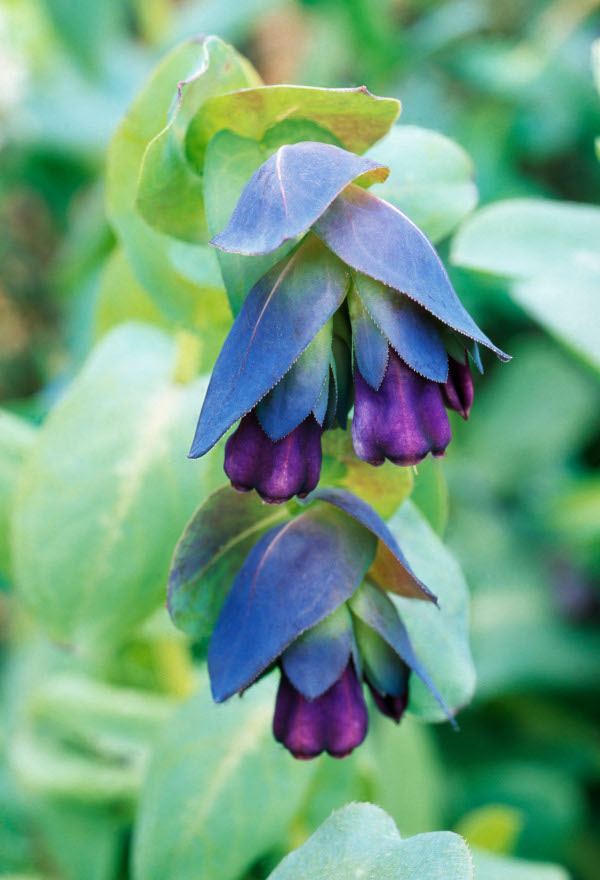
What to plant with Cerinthe
In beds and borders, cerinthe makes an excellent ‘filler’ plant, adding unusual colour and texture to the spaces between more permanent, perennial planting. We love it as a companion for other reliable, long-flowering plants in the purple/ pink/ blue spectrum, such as verbena, nepeta, phlox, penstemon, and geranium. Throw in some acid yellows and greens such as alchemilla and euphorbia for some striking, ‘zingy’ contrast.
An alternative approach (particularly if you have a sunny spot with well-draining soil), might be to use cerinthe as part of a Mediterranean scheme. In this case it can be combined with aromatic beauties such as rosemary, lavender, santolina, phlomis, origanum, and cistus.
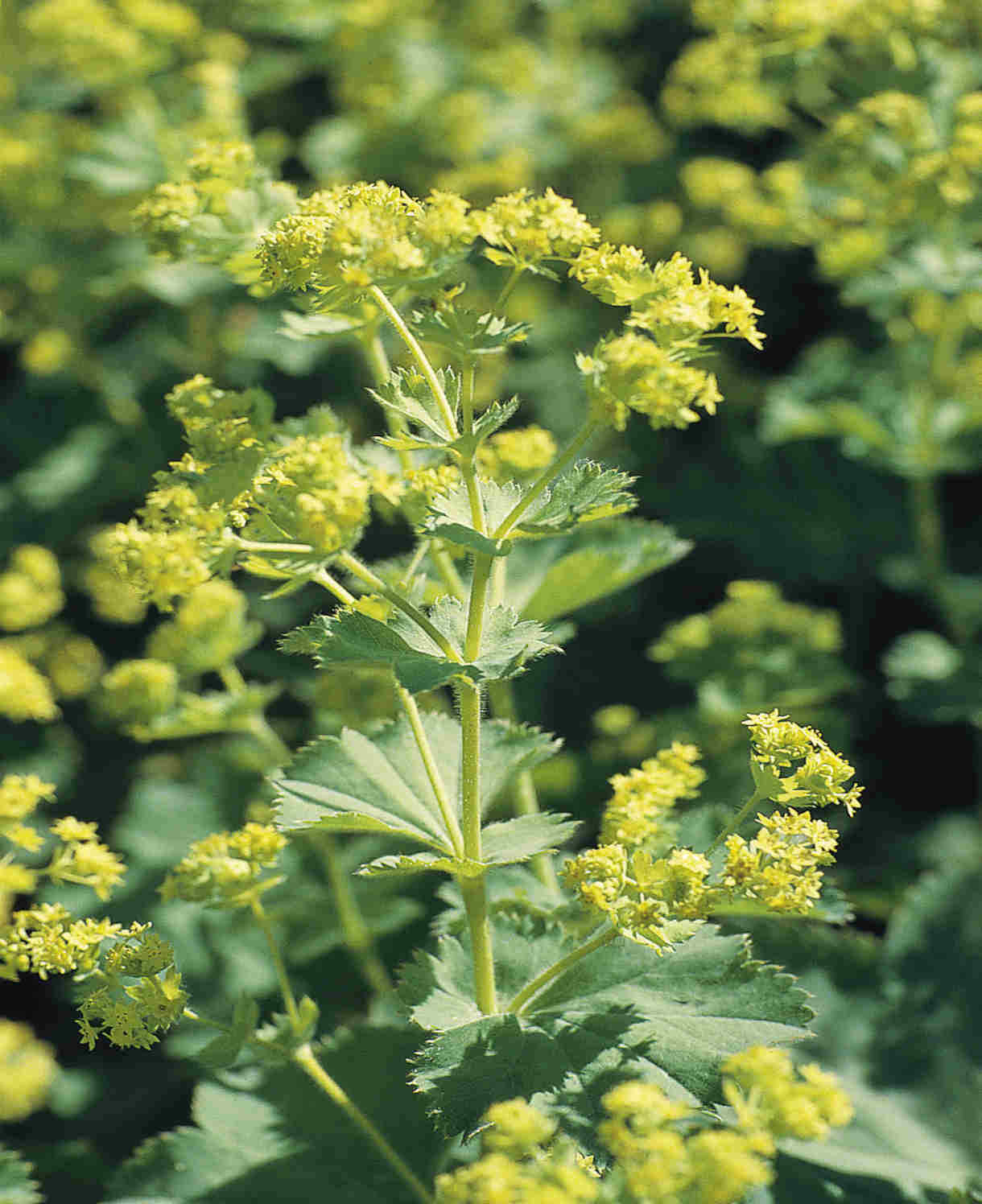

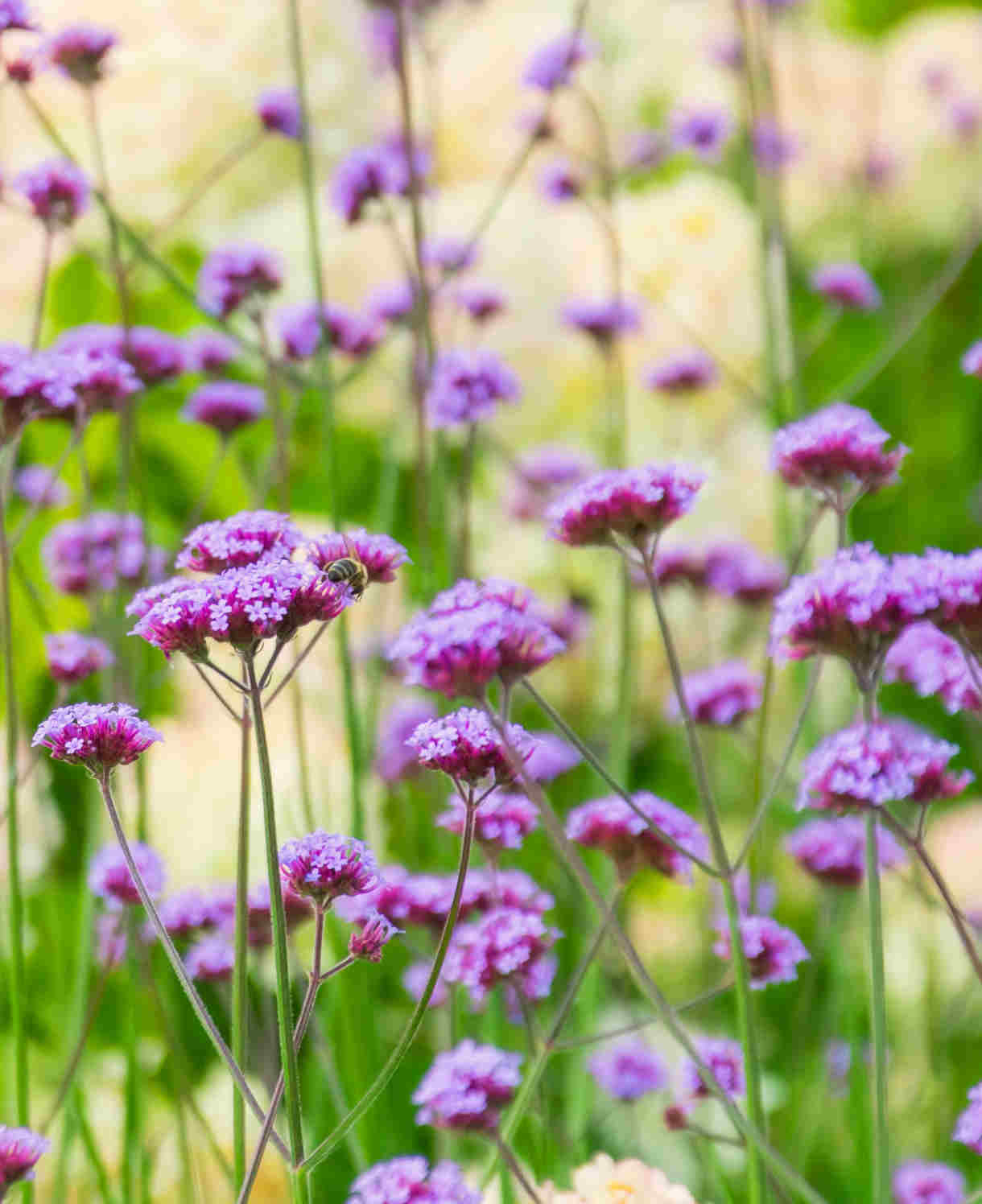
How to care for Cerinthe
Pruning and Deadheading
When your cerinthe arrives, if you like you can pinch out the growing tip to encourage bushier growth (though this is by no means essential). From then on, this fabulously low-input plant can be left to its own devices. If you wish to collect seed for sowing next year (which is very easy to do), leave the flowering stems intact at the end of the growing season so the seeds can form and ripen. Otherwise, cut back after flowering.
Remove annual species to the compost heap in autumn. Perennial species can be kept for subsequent years providing they are offered winter-protection (best done by growing them in a container and overwintering in a greenhouse or conservatory).
Watering
While cerinthe is known to be drought tolerant, for a lush, floriferous display it is best to maintain consistent moisture levels. For plants in the ground, this means watering regularly until established and then in very dry spells thereafter. You are aiming for moist but not waterlogged soil, allowing the top few centimetres to dry out between soakings (check this with your finger).
Container-grown cerinthe will need watering more frequently, again allowing the top few centimetres of compost to dry out each time. During very hot weather, this can mean watering as frequently as once a day.
Feeding
On healthy soil, a mulch of well-rotted organic matter (i.e., a good layer of manure or garden compost applied to the soil around the plant) should provide sufficient nutrients for your cerinthe. This has the added benefit of suppressing weeds and locking in moisture.
Container-grown plants require more input from the gardener when it comes to nutrition. Get off to a flying start by using a good quality compost, then throughout the growing season (March to September) apply a liquid feed at monthly intervals, mixed according to its instructions. Alternatively, top dress with a general-purpose granular feed every three months.
Cold Protection
Annual species (C. major and C. retorta) will naturally die back at the end of a growing season and can be removed to the compost heap.
Perennial species (C. glabra) can either be treated in the same way and started afresh with new plants each year, or given extra protection to get them through winter. This is best done by growing it in a container and overwintering in a frost-free location such as a greenhouse or conservatory.
Pests and Diseases
Cerinthe tends to be problem-free.
How to propagate Cerinthe
Cerinthe is very easy to grow from seed. This should be collected from plants when ripe and sown in pots from late March (with bottom heat if you have it).
- Seeds are typically ready for collecting in late summer to early autumn. You will know they are ripe when they turn black.
- Snip the seedheads from the plant using scissors or secateurs. Try to do this in dry conditions.
- Separate the seeds into a small paper bag or envelope, seal, label, and store somewhere cool and dry until spring.
- From late March: fill a module tray or several 9cm pots with a well-draining compost mix.
- Sow seeds 1-2cm deep, at a spacing of one per module or two per 9cm pot.
- Water the soil gently with a fine spray until it is evenly moist but not waterlogged.
- Place the module tray or pots in a propagating unit if you have one, or on a warm windowsill if not. In the latter situation, covering with a clear plastic lid or plastic wrap will speed germination by creating a mini-greenhouse effect. Remove this once you notice seedlings emerge.
- Check periodically to ensure the soil remains evenly moist but not waterlogged.
- Plant out once all risk of frost has passed, following our ‘How to plant cerinthe’ guide above.
* Many plants carry Plant Breeders Rights and cannot be propagated for commercial purposes.
Common Cerinthe questions
- Can you grow cerinthe in pots?
Yes - providing you are prepared to water and feed regularly (see ‘Watering’ and ‘Feeding’ sections above). - Does cerinthe need pinching out?
While not essential, pinching your cerinthe plants out when they first arrive can help to encourage bushier growth. - Will cerinthe grow in shade?
Cerinthe grows and flowers best in full sun. A little dappled shade is okay – though any more than this tends to have a negative effect on flowering, colour, and growth.




